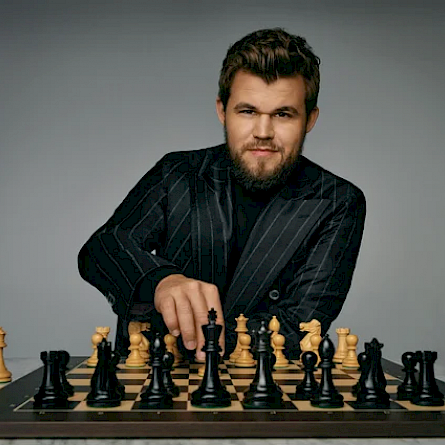Indeed, the advancement of technology allows players to optimize their training sessions. Thanks to computers, players can study multiple positions and identify the best moves to play in a given situation. Players will then attempt to replicate these optimal moves in a match.
In my opinion, access to technology is one of the reasons why many high-level traditional games end in a draw. Players basically study the same moves.
So, how does one win in this context?
The answer is simple: Go against the grain.
To stand out, Magnus Carlsen is looking for different moves than those offered by the computer. He looks for moves that are not unanimous among the gaming community. By playing these surprising moves, he hopes to destabilize his opponent and drag him into unusual and unanticipated situations.
The contrarian investor
The strategy employed by Magnus Carlsen reminds me of that employed by a “contrarian”investor.
The “contrarian” investor looks for situations that are not unanimous. He seeks to act contrary to the majority. For example, he looks for investment opportunities in shunned sectors and avoids those that are popular and subject to speculation. More simply, he buys when everyone is selling and sells when everyone is buying.
A contrarian investor will try to identify situations where the sentiment is unfavourable. He will have to use his knowledge and experience to identify whether the factors that have caused a security to lose value are justified. However, he will have to be careful, because the line between a permanent and temporary problem can sometimes be thin. These problematic situations are often difficult to assess, and the risk of error is greater and more frequent.
This is why Magnus Carlsen, and the contrarian investor must do a thorough analysis before going against the grain. They won’t jump at every opportunity that comes their way. They will take care to clearly identify interesting situations and exclude those that are not. If they decide to go ahead, they will not choose a highly risky move. Rather, they will seek to minimize the risk.
Magnus and the contrarian investor know full well that they will not be right every time. However, they know that in the event of a bad decision, the game will not be compromised. They will have enough shots left to make up for lost time and ultimately come out on top.
Both opt for a long-term vision. They don’t seek to win the game in one or two moves; they are patient. They bet on a long streak of moves that over time will improve their position and their chances of winning. They must reflect upon, develop, and follow a clearly defined strategy while being ready to adapt to an ever-changing environment.
Easy to say, not easy to do
Being contrarian is hard. The contrarian investor is consciously heading down a dark and little-trodden path. He typically buys when a stock drops and a storm hits; unfortunately, his purchase will rarely coincide with the end of the storm. As a result, the situation could continue to deteriorate, and the stock could continue to fall in the months following its purchase. In the short term, he must accept to live with this uncomfortable situation.
Sometimes the contrarian investor will be wrong, like Magnus Carlsen who will sometimes lose the game. However, this does not prevent them from achieving long-term success. They know that such decisions are made in order to stand out, and that they are likely to improve their bottom line in the long run.
As an investor, are you going with the flow or trying to go against the grain?
Jean-Philippe Legault, CFA
Financial analyst





